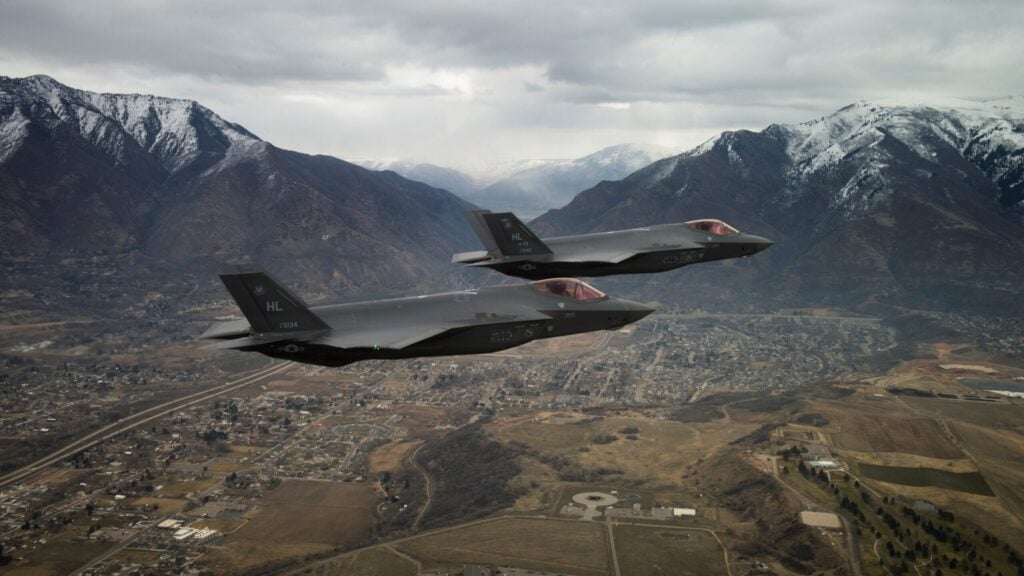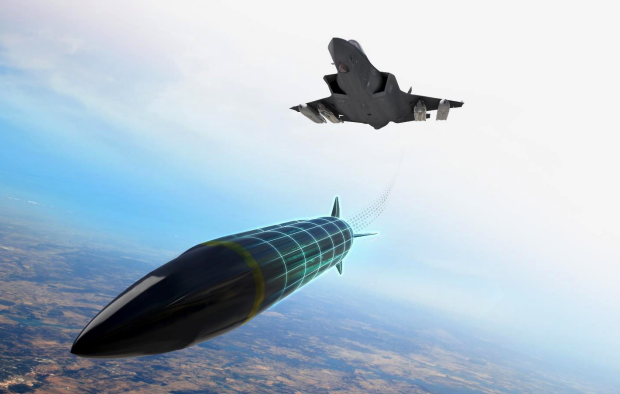Forest Green
ACCESS: Above Top Secret
- Joined
- 11 June 2019
- Messages
- 5,155
- Reaction score
- 6,807
Previously I had heard it reported that the guidance of SiAW would also change from the ARM - is there any indication of what this might be or has that been shelved? For USAF's purposes, it seems like a fast moving weapon with INS/GPS guidance would probably be enough without any other terminal homing. Minimally the passive RF guidance could be omitted. Alternatively some other form of terminal seeker could be fitted instead of the mm wave radar. But 've heard nothing other than fuse and warhead changes, presumably to increase lethality to slightly more resilient targets that radar antenna.
Keep in mind that they're talking about the interim capability here, which is a minimum-change AARGM-ER. And AARGM-ER does have an INS/GPS fallback and MMW terminal seeker. Given that the SiAW target set includes a lot of targets where ARM would be a suitable seeker (GPS jammers and IADS, especially) it is probably simpler to keep the ARM seeker in that interim buy.
Long-term, SiAW is still a competitive program, so no telling what the guidance in the final version will be. But buying AARGM-ER as an interim capability does seem to give NG the inside track for the ultimate SiAW award.
Any idea who is bidding on the final version besides NG? I thought I saw some LockMart art that depicted something PrSM like, which would be a natural fit to the mission guidance and propulsion wise and should just fit the F-35 (maybe with some sizing mods).


The #USAirForce awarded Northrop Grumman a $705 million contract to develop and test a high-speed air-to-ground weapon known as a stand-in attack weapon (SiAW)
Northrop said that its work on the second phase of the weapon, will take place over the next 36 months in Northridge, California, and the company’s missile integration facility at Allegany Ballistics Laboratory in West Virginia.The company said the work will include further development of the weapon, platform integration, and completing a flight test program so the #SiAW can be rapidly prototyped and quickly sent to the field,
The first part of this second phase will wrap up with a guided vehicle flight test and the second part will conclude with three more flight tests as well as the delivery of prototype missiles and test assets.In this video, Defense Updates analyzes how #SiAW could enable the US Air Force to knock out Russian and Chinese air defenses ?
I always have this thought .... I know that "stand-off" means from a far distance away ...
But what does "stand-in" here means in SiAW context?
SiAW is an Air Force air-to-ground weapon that will provide stand-in platforms the capability to hold at risk surface elements of the Anti-Access/Area Denial (A2/AD) environment.
It's quite possibly about SAM tiers, not sure I agree on those distances though. But ultimatel once higher tier SAMs have been DEAD'd, then you still have threats from more mobile smaller systems but this would keep you out of their range. Equally, it could be about stealth fighters firing from ranges where longer range SAMs can't possibly target them due to their RCS, even though they're inside the theoretical firing range.The USAF has apparently subdivided its weapons into three range categories: direct attack - more or less no stand off, but perhaps some range from high altitude, stand in - roughly in the 50-150 mile / 100-200 km range, which puts you inside long range SAMs envelope but not in their ideal engagement parameters, and stand off: ~200 mi /300km and pretty firmly out of any possible SAM range.
SDB and SiAW seem to occupy the Stand In range band, with one being a glide weapon that can defeat defenses by being used in mass and the other being a high speed weapon difficult to intercept that can evade defenses via speed and engage high priority/relocatable targets faster. I suspect technically SiAW would be able to reach out to near stand off ranges at subsonic speeds against static targets after a long coast, but I think the intended flight profile is sustainable high speed inside the 50-100 mi range band to evade defenses and hit mobile targets before they can escape weapon envelope.
It's quite possibly about SAM tiers, not sure I agree on those distances though. But ultimatel once higher tier SAMs have been DEAD'd, then you still have threats from more mobile smaller systems but this would keep you out of their range. Equally, it could be about stealth fighters firing from ranges where longer range SAMs can't possibly target them due to their RCS, even though they're inside the theoretical firing range.
In September, Northrop Grumman announced that it had secured a contract from the Air Force to move forward with a new high-speed air-to-ground missile meant to be carried internally by America’s growing fleets of stealth fighters and bombers.
This new missile, dubbed the Stand-in Attack Weapon (SiAW), is meant to lead the way in high-end conflicts with modern adversaries like China, rapidly engaging a variety of ground targets deep inside hotly contested airspace from extended ranges.
